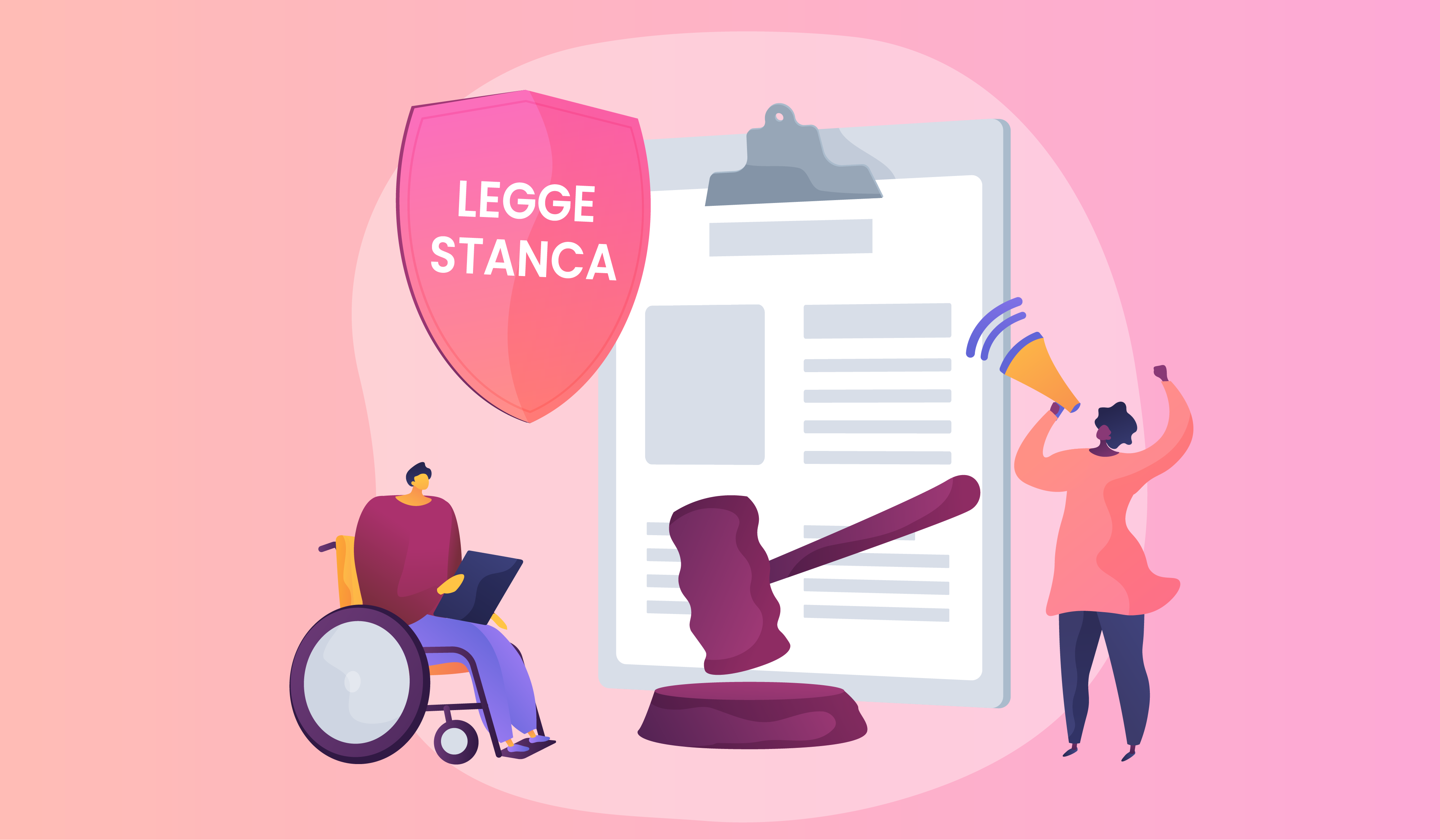Stanca Law
Stanca Act (Law 4/2004): the first law on digital accessibility in Italy
It represents the first concrete step in Italy toward a more inclusive digital world, protecting every citizen’s right to barrier-free accessibility. Here’s what it provides, who is required to comply, and what the technical requirements are.

What the Stanca Act says and why it matters
The Stanca Act is named after the former Minister for Innovation and Technology, and it is the key Italian regulation on digital accessibility. Enacted on January 9, 2004, it was created to ensure equal access for all citizens—especially people with disabilities—to websites, applications, and online products of the Public Administration.
The Stanca Act plays a major role because it was one of the first regulations in Europe and worldwide to introduce mandatory requirements for digital accessibility, defined as “the ability of IT systems, within the forms and limits permitted by technological knowledge, to provide services and information usable, without discrimination, including by those who, due to disabilities, require assistive technologies” (Law 4 of January 9, 2004). It upholds the same right that is now fully recognized by the European Accessibility Act.
At a time when architectural barriers were still being gradually removed, the Stanca Act introduced specific obligations for public digital services, promoting and expanding the right to inclusion beyond the physical environment recognized until then.
Who is required to comply
Originally, the obligations established by the Stanca Act applied only to Public Administrations and public entities, meaning companies with public shareholding, public economic bodies, and public service concessionaires. The European Directive 2016/2102 — the Web Accessibility Directive (WAD) — was transposed in Italy through Legislative Decree 106/2018, which amended the Stanca Act.
The WAD concerns not only Public Administrations but also large private companies that provide public services. According to AGID Circular No. 3 of December 20, 2022, and Decree-Law No. 76/2020, accessibility obligations were extended to “other legal entities,” namely those “offering services to the public through websites or mobile applications with an average turnover, over the last three years, exceeding 500 million euros.” This means that compliance is no longer limited to Public Administrations—an important expansion.
Technical requirements of the Stanca Act
The Stanca Act requires all obligated entities to make their websites and digital applications accessible, ensuring that every citizen can independently and fully use digital public services. This includes websites, thematic portals, mobile applications, software, online platforms, and all digital documents published online, such as forms, PDFs, communications, and so on.
The technical standard referenced by the Stanca Act, required for a digital product to be recognized as accessible, is the European standard EN 301 549, which incorporates the principles of WCAG 2.1—the guidelines stating that a digital product must be perceivable, operable, understandable, and robust.
Accessibility statement: obligations and deadlines
The Stanca Act requires all entities to publish, every year and no later than September 23, an accessibility statement—a public document that clearly and verifiably explains the actual level of accessibility of the digital product covered by the statement.
As mentioned, the accessibility statement is mandatory and serves as a tool to clearly communicate the digital accessibility level of a service. It also allows anyone to report potential access issues.
The accessibility statement must be completed exclusively through the online AGID form, indicating the product’s compliance status (compliant, partially compliant, non-compliant), the list of non-accessible elements with their justification, planned corrective actions, contact information for reports or requests, and references to the Digital Ombudsman—responsible for safeguarding the digital rights of citizens and businesses.
Who monitors compliance, feedback mechanisms, and user protection
The Agency for Digital Italy (AGID) is responsible for monitoring the proper implementation of the Stanca Act, conducting assessments at different times and with varying levels of depth. AGID’s role is particularly significant as it also evaluates the quality of the accessibility statements published.
Additionally, users themselves can directly submit reports to Public Administrations or entities subject to the law through the feedback mechanism included in the Accessibility Statement or in the relevant sections of the website or application. If the response is inadequate or missing, users may contact the Digital Ombudsman.
The Stanca Act and the European Accessibility Act
While the Stanca Act concerns Public Administrations and all entities that provide public services, the European Accessibility Act, effective from June 28, 2025, introduces digital accessibility requirements also for private entities that, in short, offer products and services through websites.
Since 2004, the Stanca Act has laid the groundwork for recognizing accessibility not as a technical recommendation but as an inalienable right, and it remains one of the cornerstones of digital inclusion in Italy and Europe.
Check your website's accessibility for free with Eye-Able®!
)